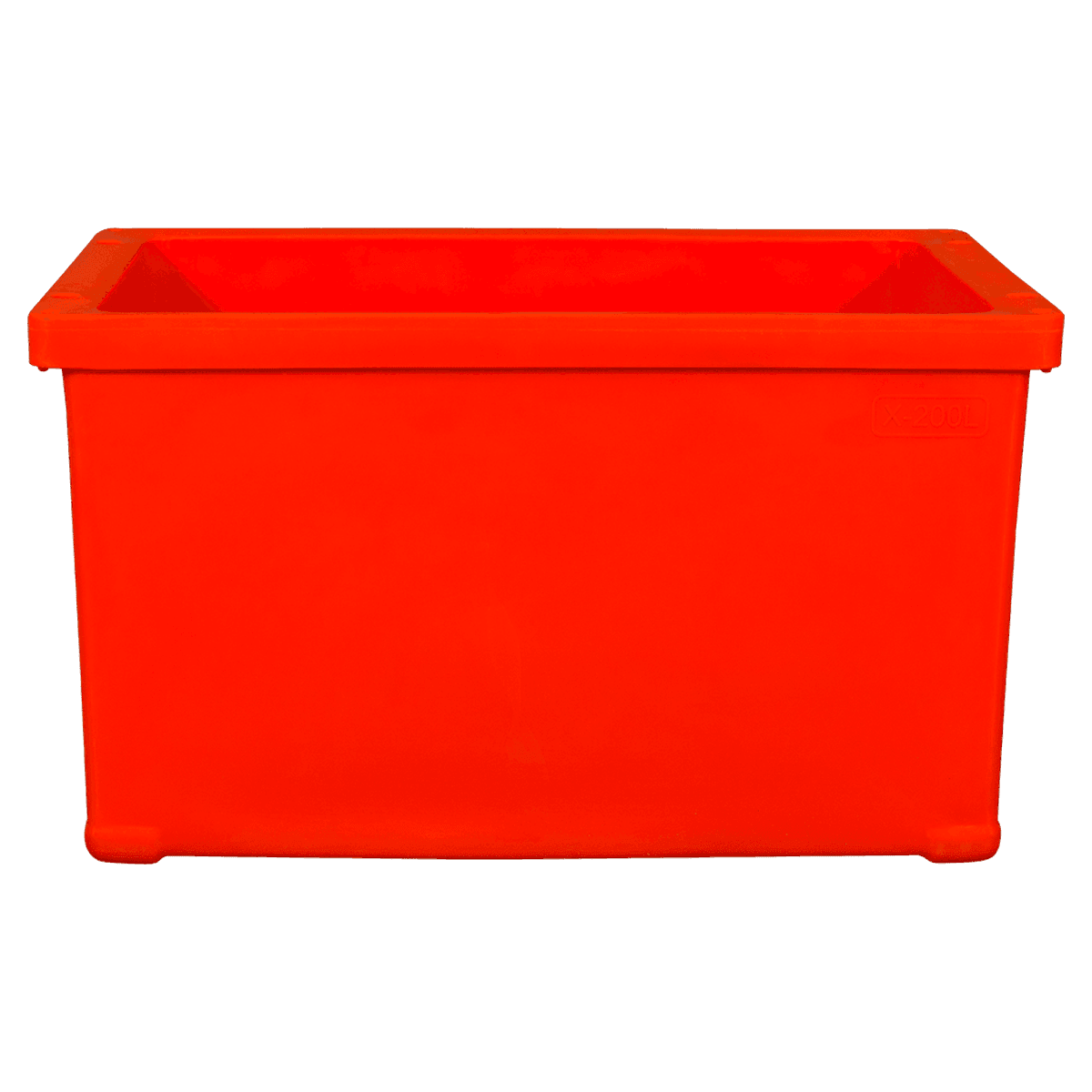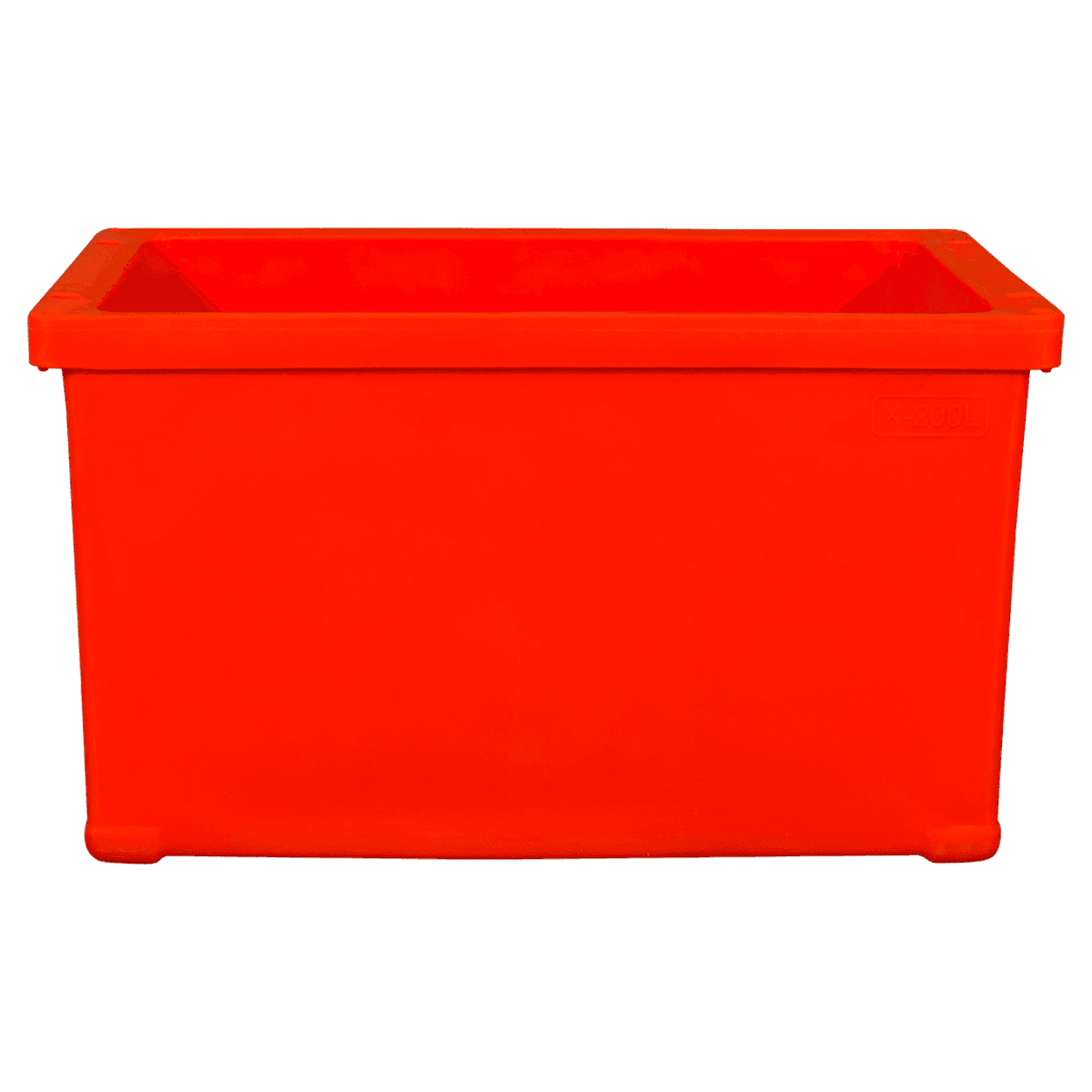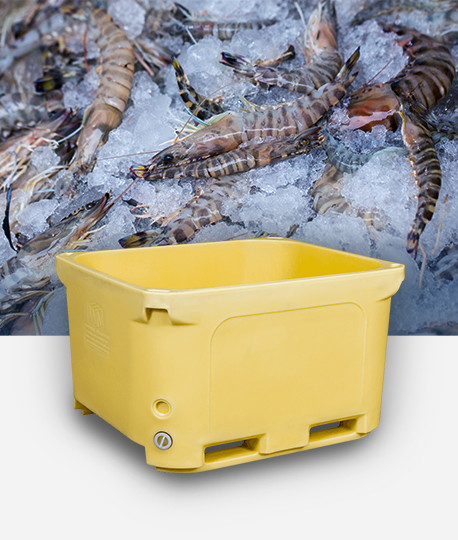In today's fast-paced life, people often face the challenge of dietary choices, and insulated plastic containers may become a key aid in guiding healthy eating habits. From the perspective of the most basic food preservation function, insulated plastic containers have undeniable advantages. It relies on double-layer structure or polyurethane foam, vacuum layer and other thermal insulation materials, which can effectively delay the change of food temperature. For hot foods such as mixed grain rice and stewed dishes, placing them in insulated plastic containers can maintain a suitable temperature for up to 4-6 hours. For cold foods such as salads, yogurt, etc., they can also maintain a cool state for 6-8 hours. This means that office workers or students can carefully prepare overnight oatmeal and nutritionally balanced bento meals the night before, without worrying about the food easily spoiling. In busy mornings, simply carrying these homemade foods out can easily solve a meal, avoiding choosing fast food with high oil, high salt, and many additives from convenience stores for convenience, or frequently ordering unhealthy takeout. Similarly, when preparing lunch for their children, parents have insulated plastic containers that keep fresh foods such as fruits and sandwiches in good condition, greatly reducing the need to purchase packaged snacks such as potato chips and candies.
In terms of portability, insulated plastic containers play an important role. They are mostly designed to be lightweight and highly sealed, with many styles featuring handles or layered designs. This design makes it easy for commuters and fitness enthusiasts to carry homemade food. For example, fitness enthusiasts can easily carry homemade high protein meals such as chicken breast, boiled eggs, etc. when exercising or working out, ensuring that they can replenish high-quality protein anytime and anywhere, avoiding the difficulty of accurately controlling calorie intake due to dining out and affecting fitness results. When people need to work outdoors or have picnics, using insulated plastic containers to load homemade low calorie foods such as sushi and vegetable rolls is not only healthy, but also a substitute for high-fat and high sugar takeaway pizzas or burgers. According to survey data, up to 73% of respondents have increased the frequency of homemade meals due to portable insulated plastic containers, and their daily vegetable intake has increased by an average of 20%, which fully demonstrates its positive impact on healthy eating.
Insulated plastic containers also perform well in meeting diverse dietary needs. Many insulated plastic containers have flexible functional zoning designs, and some products use detachable partitions, allowing people to store different types of food such as staple food, side dishes, fruits, etc. in one container at the same time. Whether following a low GI diet or practicing a diverse diet plan such as a Mediterranean diet, it can be easily achieved. For special populations, its applicability is particularly prominent. Diabetes patients can use it to provide their own quantitative rice, lean meat and vegetables, accurately control the intake of carbohydrates, and avoid the problem of excessive food in restaurants. Vegetarians can also easily carry homemade vegetarian dishes such as chickpea salad and grilled vegetables with it, solving the problems of single ingredients and heavy seasoning when dining out.
In terms of economic cost, insulated plastic containers have also shown significant advantages. Although purchasing an insulated plastic container may cost $10-30, it can be reused hundreds of times. Compared to frequently ordering takeout, it can save a lot of expenses in the long run. Usually, the daily cost of ordering takeout is around $15-20. Using insulated plastic containers to make homemade meals can reduce monthly takeout expenses by 40% -60%. And the saved costs can be used by consumers to purchase higher quality ingredients, such as organic vegetables, deep-sea fish, etc., further improving the health of their diet. This economic consideration will motivate consumers to proactively make food and fully utilize the value of containers, rather than wasting their budget on takeout.
The environmental attributes of insulated plastic containers are also closely related to healthy eating. Every year, 2.6 million tons of disposable plastic tableware waste are generated globally, and reusing insulated plastic containers can effectively reduce this number. When consumers use insulated plastic containers to practice environmental protection concepts, they are more likely to associate "healthy eating" with "social responsibility", thus forming behavioral inertia. People who use environmentally friendly containers are more inclined to choose natural and less processed ingredients psychologically, such as using homemade fruit and vegetable juice instead of bottled drinks, forming a positive cycle of "environmentally friendly=body friendly".


 English
English Español
Español عربى
عربى 中文简体
中文简体
-4.png)
-4.png)
-2.png)

-2.png)
-2.png)




